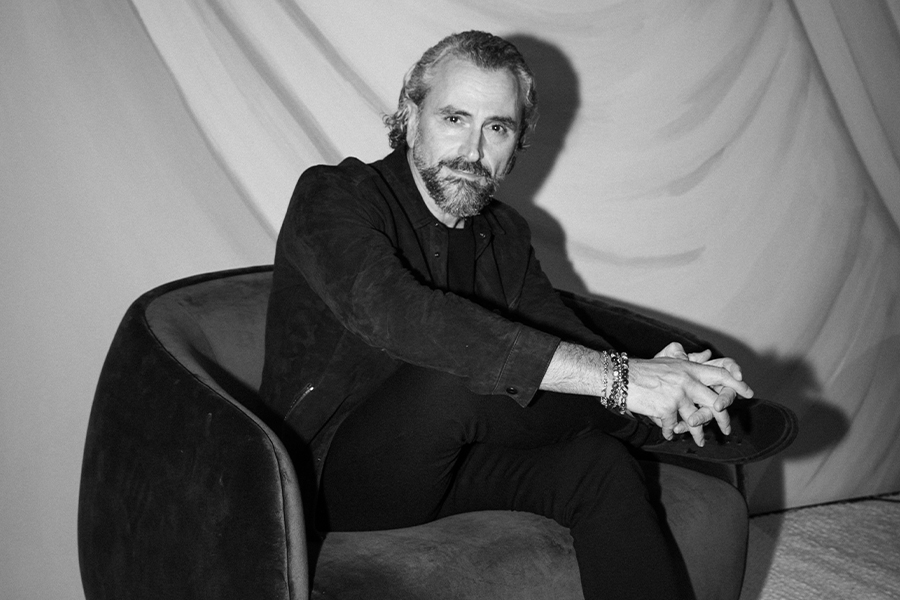In the past, healthcare design relied on tried-and-true practices with innovation taking a backseat. Suzen Heeley, executive director of design and construction at Memorial Sloan Kettering Cancer Center, and Lionel Ohayon, founder and CEO of New York firm ICRAVE, wanted to be the exception, not the rule, when they first teamed up on the Josie Robertson Surgery Center in New York. The collaboration proved fruitful. Together, they rethought healthcare by eschewing a traditional check-in desk for a beehive-shaped kiosk with light fixtures as focal points. For their second project, the neighborhood-centric David H. Koch Center for Cancer Care in New York, healthcare, hospitality, and retail will merge to create an inviting, welcoming community.
What attracted you to hiring hospitality firm ICRAVE to design the Josie Robertson Surgery Center in New York?
Suzen Heeley: We felt as though we needed a fresh perspective on what the environment felt like, what it looked like, and what it could become. We knew that we needed to have an architect [Perkins Eastman] that had very distinct healthcare experience, but we also needed somebody who could infuse more hospitality into our spaces. I saw an airport project that ICRAVE designed, and I said, ‘We need to meet these people.’ It felt like it could be the right fit, and it was.
What did you want to do differently with Josie Robertson?
Lionel Ohayon: We were looking at not only what it looks like or how it makes you feel, but also what is the process of checking in, what does it mean to be there, what are you doing with your time, how is technology interfacing with it, how can we reinvent the way people understand their relationship with their doctors? We were looking at such minute and complex things, like finding rooms where you might gather yourself if you’ve heard some bad news and you don’t feel like facing the world. We were trying to understand who the stakeholders are and how their lives are going to cross with each other, and how we can change that experience. There is so much innovation in this project; that was one of the big successes. We anticipated needs—things you don’t know you need but are there for you when you do need it.
What were the risks of working together?
LO: She hired a nightclub designer.
SH: Who did a Disney cruise ship. For us, especially, it’s a huge leap of faith. We were trying to push people beyond their comfort zone. As healthcare practitioners, people are super conservative, especially in the world of cancer. We took calculated risks. We didn’t go crazy and throw caution to the wind. We trialed things. We tested things. There were administrators who were very nervous about this. Thankfully, ICRAVE stepped up and they did what we had imagined they would do and took us to the next level. It was a team effort. None of us could have done it [alone]. We had to go through the journey together.
And now you’re working on the new 23-story, 750,000-square-foot David H. Koch Center for Cancer Care, which is slated to open at the end of the year in New York.
SH: It’s primarily for ambulatory and outpatient care with a small 16-bed inpatient unit. We had the same architects on board from Josie, so we thought why not keep building on that. As this project was going to span years because of the size and the volume of it, we knew we had to be that much more forward-thinking, innovative, and creative when imagining what could be the next thing in healthcare design.
LO: This is something that is more akin to enrolling into college for a time. It’s a different kind of engagement with the building. We wanted to see what we could do if these spaces were programmed to resemble a neighborhood where people could move from floor to floor with ease. It’s a very thoughtful series of spaces. There’s an amazing opportunity for a retail space that we want to bring to the patients. We’re thinking about how we can inspire people. This is a real commitment on behalf of a big organization.
What is the collaboration process like?
SH: Healthcare is, in terms of materials, so much more restrictive than what you can do in hospitality or in nightclubs or even an airport. You have to think about how things will endure because we don’t have a budget that will allow us to refresh things every two or three years. It’s almost like tying [Lionel’s] hands behind his back and still making it successful. That’s the piece that required a lot of collaboration and working together.
LO: It’s a whole new language, a whole new palette. You can’t pick anything out of the box that you have. Everything’s new and you need 27 litmus tests that will allow you to know if you can do it or not. We had virtually the whole studio at one point involved in different parts of the project. We’re definitely better for it, but it was a big learning curve.
SH: And we still like each other after all of this. That’s an accomplishment.


